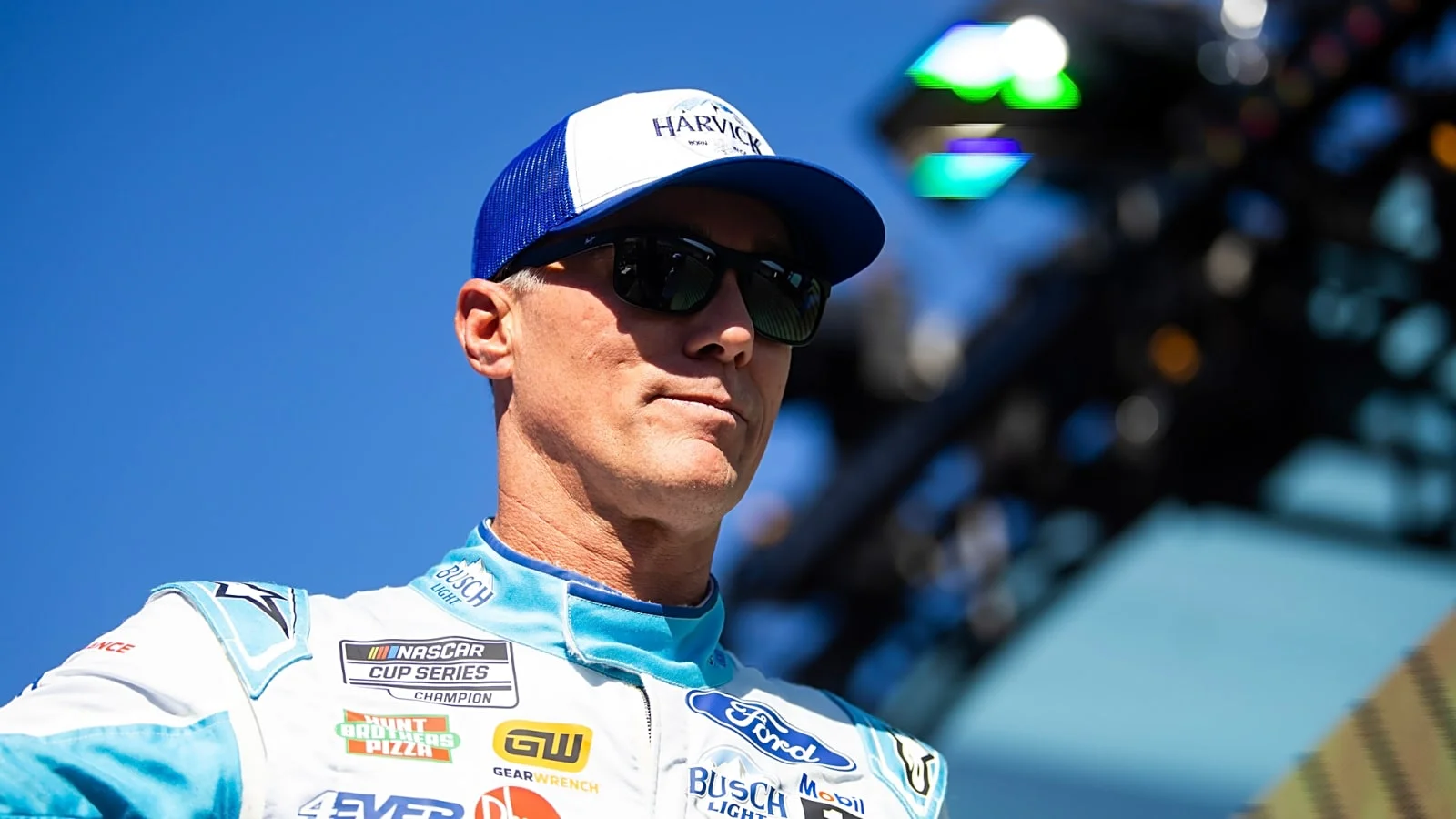On a recent episode of the Happy Hour podcast, Kevin Harvick explored how the responsibilities of NASCAR drivers have evolved in the Next Gen era, highlighting intensified demands both on and off the racetrack. The discussion between Harvick and Marcus Smith, CEO of Speedway Motorsports, emphasized that the expectations for modern drivers have reached new heights, shaping the daily experiences of those within the sport.
Growing Demands on Next Gen NASCAR Drivers
Kevin Harvick on modern NASCAR drivers has noticed that the job today differs greatly from what he experienced earlier in his career. Former Stewart-Haas Racing driver Harvick spoke with Marcus Smith about the increased number of meetings, heightened simulator time, and expanding obligations that drivers face, suggesting these requirements are now more intensive than before. Harvick questioned Smith on whether it’s fair to see today’s drivers as carrying far more weight on their shoulders compared to the past.
Smith confirmed this view, explaining the extent and frequency of driver interactions with fans and partners has grown considerably in recent years. According to Smith, the past decade—especially the last several years—marks a peak in both expectations and engagement for drivers, reinforcing the importance of the sport’s approachability and fan access.
“More for sure in the last maybe it is a decade, at least the last six or seven, eight years, this is absolutely a high water mark in what I’m seeing in driver involvement with fans and I’m so happy about that. It makes a big difference. We are a sport that was built on that approachability and that kind of access.”
—Marcus Smith, CEO of Speedway Motorsports
The increasing number of commitments means drivers not only compete but also make appearances at various venues and events throughout each race weekend. Smith elaborated on the challenges:
“You’re stopping at multiple places to engage with people or on race weekend, on race day, you would stop at two or three different hospitalities to say hi to guests. And yes, it’s a lot of work,”
Marcus Smith told Kevin Harvick. [27:00] —Marcus Smith, CEO of Speedway Motorsports
A Changing Experience for Drivers and Fans
In their conversation, Harvick and Smith discussed how changes in NASCAR over the years have not always been positive from the drivers‘ perspective. Both agreed that increased obligations come along with some loss of the in-person, hands-on experiences that once defined much of the sport’s community feel. When Harvick inquired about what Smith would change in the current structure, Smith pointed to the reduction of traditional practice time as a developing concern.
Smith revealed his nostalgia for the former “happy hour” practice sessions, expressing that they allowed for more direct interactions among personalities, fans, and drivers. He reflected on how such opportunities fostered stronger connections and offered insight into the more human side of professional drivers.
“I miss the old speed stage and having the onsite that game day style experience that enables this kind of conversation to happen on a Friday or Saturday night on race weekend when drivers can get to show themselves like more of their personalities to the fans. That’s how we got to know people like Kenny Wallace, who you only knew Kenny as a driver, and now we know him as this amazing personality,”
Smith described. [25:00] —Marcus Smith, CEO of Speedway Motorsports
Smith also reminded Harvick of the value of driver interviews immediately after races and segments that provided fans with candid glimpses into racer personalities, citing how these experiences became rarer after COVID-19 protocols altered the sport’s routine. The changes have generated mixed feelings among industry insiders, as some traditions that built close relationships with fans no longer occur as they once did.
Looking Ahead: Balancing Workload and Engagement
The reflections from both Kevin Harvick and Marcus Smith illustrate the shifting landscape facing today’s drivers. While the sport continues to attract attention through increased digital engagement and more elaborate schedules, there remains a desire to reclaim elements that spotlight drivers’ personalities and foster deeper connections with fans, much like the experiences involving Kenny Wallace and others in previous years.
As NASCAR adapts to ongoing changes and responds to the hectic routines of both practice and public engagement, figures like Harvick and Smith raise questions on how best to balance expectations, maintain the sport’s unique appeal, and nurture the strong bonds that have shaped its legacy. Their dialogue highlights both the advantages and the unresolved tensions present in the Next Gen era.
